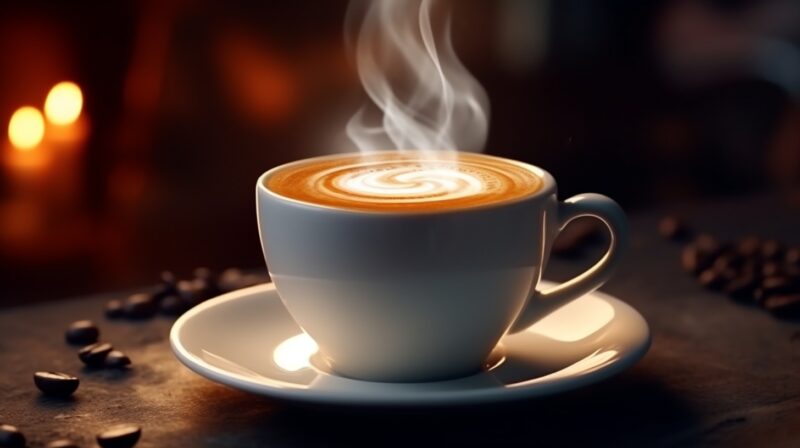Espresso, a beloved staple in the world of coffee, is more than just a drink; it’s an art form. This guide delves into the rich world of espresso, exploring its various types and how they can be enjoyed in the comfort of your home. Whether you’re a seasoned coffee enthusiast or new to the espresso scene, this guide aims to enrich your coffee experience by providing insightful details about different espresso types and how to best appreciate them.
Espresso, often misunderstood as a specific bean or roast, is actually a brewing method. Originating from Italy, it involves forcing hot water through finely-ground coffee under high pressure. This process results in a concentrated, flavorful shot of coffee with a distinctive crema on top. Understanding this foundation is crucial in exploring the various types of espresso drinks.
Espresso serves as the base for many coffee drinks, from the simple and strong Ristretto to the milk-infused Cappuccino. Each variant offers a unique taste experience. The preparation method, bean choice, and grind size are all critical in creating the perfect espresso shot, which is the heart of all espresso-based drinks.
The Importance of the Right Equipment
For those aspiring to make quality espresso at home, investing in the right equipment is essential. The espresso machine is the centerpiece, with options ranging from manual lever machines to fully automatic models. The choice depends on your level of expertise and desired level of involvement in the brewing process.
A quality grinder is equally important. Since espresso requires a very fine and consistent grind, a burr grinder is often recommended over a blade grinder. The grind size, pressure applied during tamping, and the machine’s temperature and pressure settings all contribute to the final quality of the espresso shot.
Espresso Varieties: Exploring the Classics
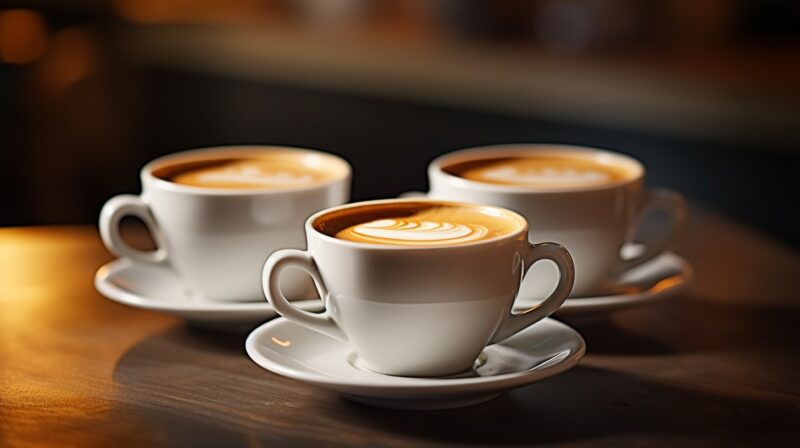
Ristretto: The Intense Experience
Ristretto, meaning “restricted” in Italian, is a highly concentrated espresso shot. It’s made with the same amount of coffee but half the water of a standard espresso, resulting in a stronger and more intense flavor. This type of espresso is perfect for those who enjoy a bold coffee taste without the bitterness.
Ristretto shots are typically smoother and richer than regular espresso shots. They are ideal for coffee aficionados who appreciate a deep, complex flavor profile. Enjoying a Ristretto at home requires precise control over the brewing process, making it a rewarding challenge for home baristas.
Lungo: The Long Pull
Lungo, or “long” espresso, is the opposite of Ristretto. It uses the same amount of coffee but double the water. The result is a milder, less intense shot compared to standard espresso. Lungo retains the espresso’s rich flavor but with a lighter body and a more diluted taste.
This type of espresso is ideal for those who prefer a less intense coffee experience but still crave the depth and complexity of espresso. Brewing a Lungo at home requires careful attention to not over-extract the coffee, which can lead to bitterness.
Modern Espresso Drinks: A Twist on Tradition
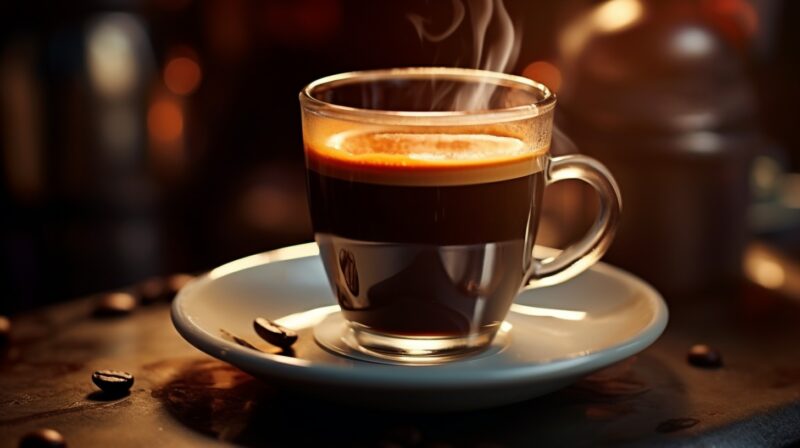
The Cappuccino: A Delicate Balance
The Cappuccino, a beloved espresso drink, comprises equal parts espresso, steamed milk, and milk foam. This classic Italian coffee is known for its rich flavor and luxurious texture. The key to a perfect Cappuccino lies in the balance of its three main components.
Creating a Cappuccino at home can be a delightful experience. It allows for experimentation with the texture of the milk and the intensity of the espresso. Achieving the silky foam and the right temperature requires practice and patience but is incredibly rewarding.
Latte Art: Adding a Creative Touch
Latte art, the practice of creating designs on the surface of a latte, has become a popular way to add a personal touch to espresso drinks. A latte typically contains more steamed milk than a Cappuccino, making it a canvas for artistic expression. The key to successful latte art is well-steamed milk with the right consistency.
Practicing latte art at home can be both fun and challenging. It allows for creativity and personalization of your espresso drinks. From simple heart shapes to more complex designs, mastering latte art can elevate the home coffee experience.
The Art of Espresso Extraction
Mastering the espresso shot is fundamental to all espresso-based drinks. The perfect shot is characterized by a rich, reddish-brown crema, a sign of fresh coffee and proper extraction. The variables in brewing an espresso shot – like water temperature, pressure, and coffee grind – need to be carefully balanced.
Home baristas can experiment with different variables to find their preferred taste. Factors like the coffee bean’s origin, roast, and age all influence the shot’s flavor. Adjusting the grind size and tamping pressure can also drastically alter the outcome, making espresso brewing an exciting and dynamic process.
Troubleshooting Common Espresso Issues
Common issues in espresso extraction include sour or bitter tastes, indicating under-extraction or over-extraction, respectively. If the espresso shot is pulling too fast, it might taste weak and underdeveloped. Conversely, a shot that pulls too slowly can become overly bitter.
Addressing these issues involves adjusting the grind size, tamping pressure, and sometimes the espresso machine’s settings. Consistent practice and attention to detail are key in troubleshooting and perfecting espresso extraction at home.
Milk-Based Espresso Drinks: Beyond the Basics

Exploring the Flat White
The Flat White, originating from Australia or New Zealand, is similar to a Latte but with a higher coffee-to-milk ratio and a thinner layer of microfoam. This results in a stronger coffee flavor than a Latte, with a velvety texture from the finely textured milk.
Creating a Flat White at home involves careful steaming of the milk to achieve a smooth, glossy microfoam without large bubbles. The goal is to complement the espresso’s robust flavor with the creaminess of the milk, making it a popular choice for those who enjoy a strong yet smooth coffee.
The Macchiato: A Bold Contrast
The Macchiato, which means “stained” or “spotted” in Italian, is a simple yet bold drink that consists of a shot of espresso “stained” with a dollop of frothed milk. The traditional Macchiato is quite strong, with the milk softening the espresso’s intensity without overwhelming its flavor.
At home, making a Macchiato can be a quick and straightforward process. It allows coffee enthusiasts to enjoy the strong essence of espresso with just a hint of creaminess. The Macchiato is perfect for those who appreciate the robust flavor of espresso but desire a slight moderation from the milk.
The Influence of Coffee Beans on Flavor
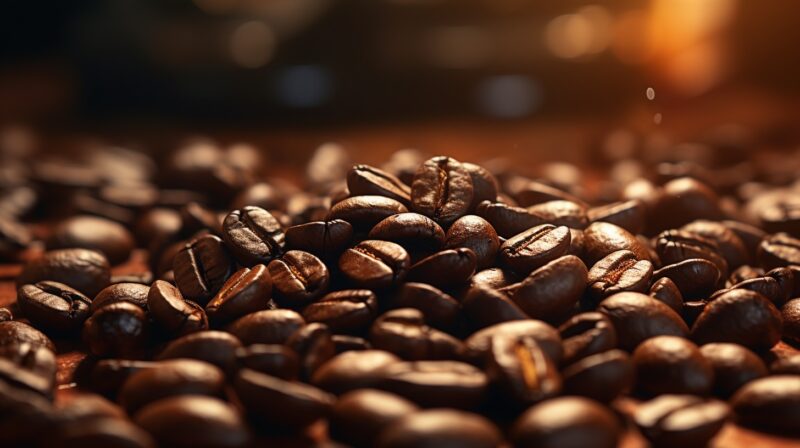
Single-origin coffee beans, sourced from a specific region or even a single farm, offer unique flavor profiles influenced by their terroir. These beans can provide distinct and nuanced flavors, making them exciting for espresso brewing.
Blends, on the other hand, are crafted to create a balanced and consistent flavor profile. They often combine beans from various origins, balancing acidity, body, and complexity. Home baristas can explore both single-origin beans and blends to discover their preferred espresso flavor.
The Impact of Roast Level on Espresso
The roast level of coffee beans significantly affects the flavor of espresso. Light roasts retain more of the bean’s original character and tend to be more acidic and complex. Dark roasts, meanwhile, offer a fuller body and a bolder, more robust flavor.
The choice of roast level for espresso depends on personal preference. Some might enjoy the bright and fruity notes of a light roast, while others prefer the rich and smoky qualities of a dark roast. Experimenting with different roast levels can lead to a deeper appreciation of the diverse flavors espresso can offer.
FAQ
Can I make quality espresso without an expensive machine?
Absolutely. While high-end machines offer more control and consistency, budget-friendly or manual espresso makers can also produce excellent shots. Key factors include the quality of your coffee beans and your skill in using the machine.
How important is water quality in making espresso?
Very important. The water should be fresh and filtered to avoid any off-flavors. Hard water can lead to mineral buildup in your machine and alter the taste of your espresso.
Can I use regular coffee beans for espresso?
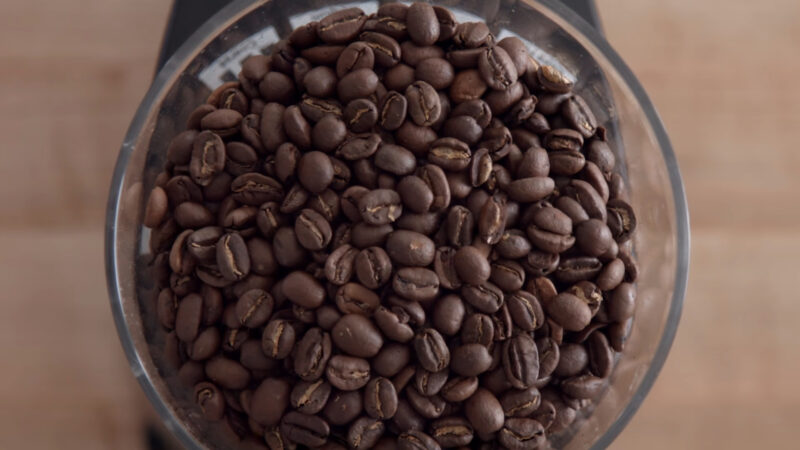
Yes, you can. Espresso is more about the grind and brewing method. However, beans labeled as “espresso” are typically a darker roast, which suits the intense flavor profile of espresso.
How long does it take to pull the perfect shot of espresso?
Generally, a good espresso shot takes about 25-30 seconds to pull. This can vary depending on the machine, grind size, and tamping pressure.
Is it necessary to tamp the coffee grounds, and how hard should I tamp?
Tamping is crucial for even extraction. You should aim for a firm, even tamp – typically around 30 pounds of pressure.
How do I clean and maintain my espresso machine?
Regularly clean the portafilter, group head, and steam wand with warm water. Descaling the machine every few months is also important, especially in areas with hard water.
Final Words
Exploring the world of espresso at home can be a delightful and rewarding journey. From mastering the classic espresso shot to experimenting with modern variations, each step offers a chance to deepen your appreciation for this artful brew. Remember, the perfect cup of espresso is a blend of quality ingredients, precise technique, and a touch of passion.
